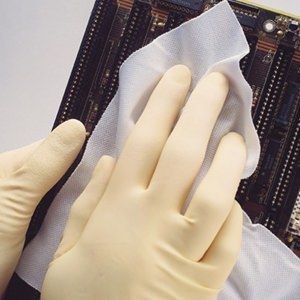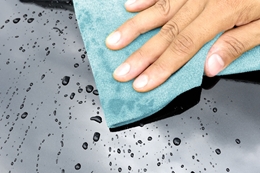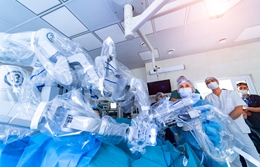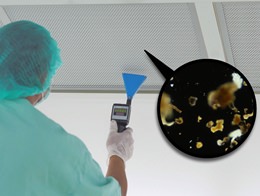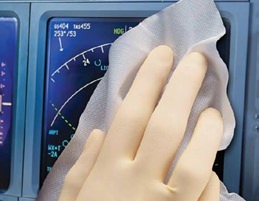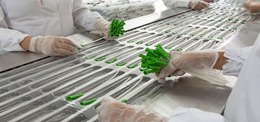Coventry Poly-Wipes
Laundered polyester cleanroom wipes offer extra level of protection for critical applications
Coventry™ cleanroom laundered polyester wipes offer an extra level of protection for critical applications. Our Poly-wipes™ are made from 100% continuous filament polyester – the standard in cleanroom wipes – minimizing particle generation. Poly-wipes™ are laundered in our Class 10 (ISO Class 4) cleanroom, and are available with our exclusive heat-cut edge sealing process (HC).
Features & Benefits
- Excellent solvent and acid resistance
- Monofilament "no-run" construction does not generate loose fibers
- Excellent durability for cleaning rough, abrasive, or irregular surfaces
- Low ionic, nonvolatile residue and particle contamination
- Good absorbency
- Available in heavy or light weight styles
- Processed and packaged in a Class 10 cleanroom
Applications
- Semiconductor Wafer Fabs
- Aerospace Production Areas
- Disk Drives Production Areas
- Pharmaceutical / Biotechnical Production Areas
- General Cleanroom Cleaning
- Clean and polish critical surfaces both metal and non-metal
| TDS | |
| REGS | |
| Categories |
| Shelf Life | 5 yrs. |
|---|---|
| Shipping Name | Wipes |

